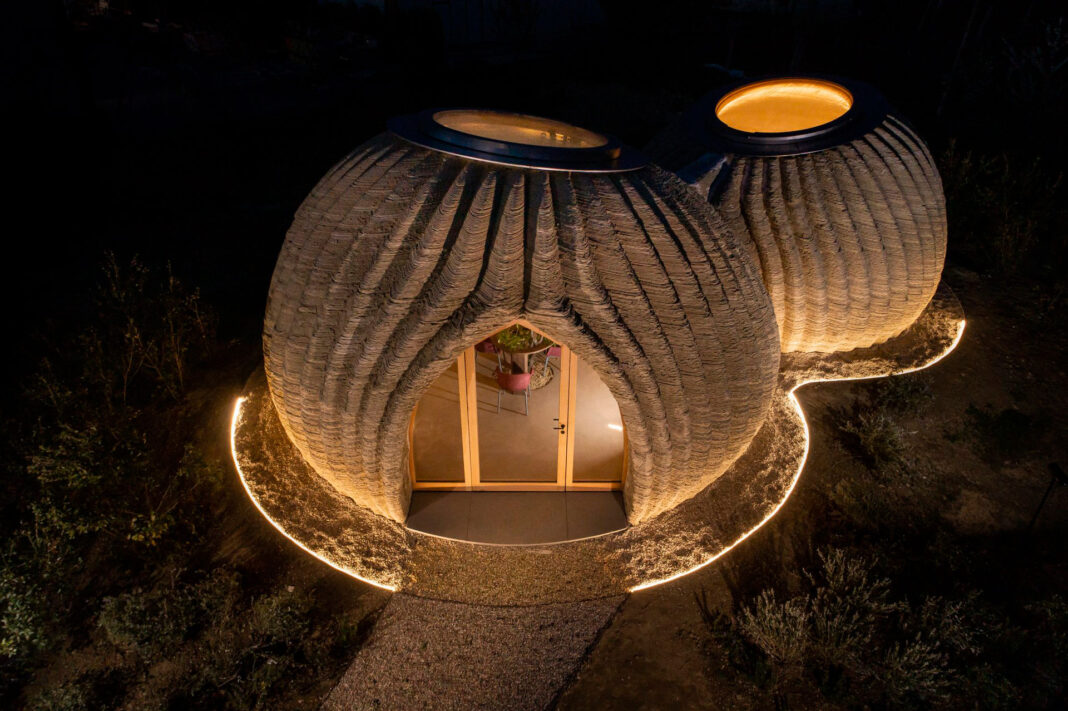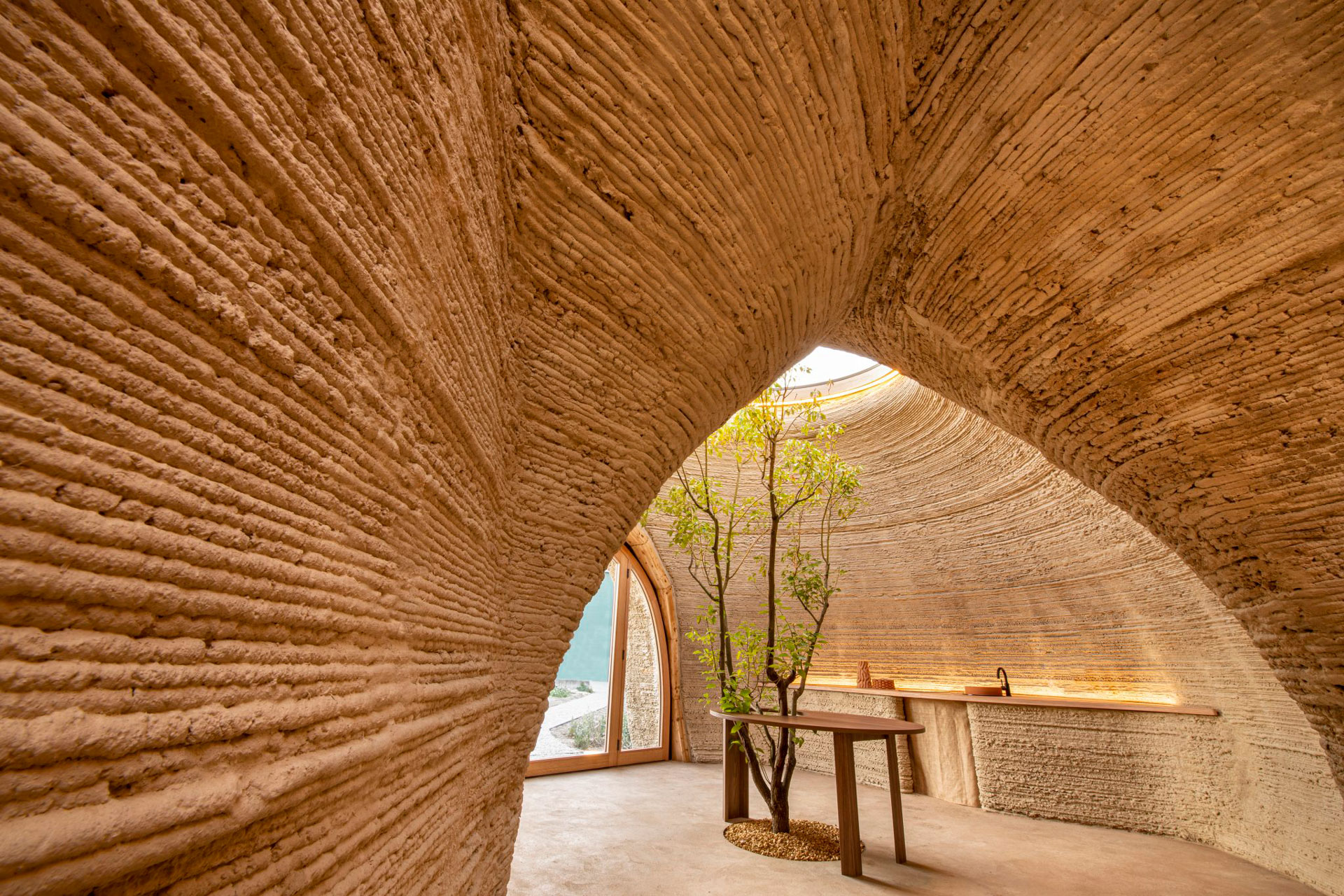3D printing has marked a technological turning point. The TECLA project takes it one step further by making it sustainable and local
3D printing technology has made significant strides, especially in the world of design and architecture. For instance, Nagami, a Spanish company from Ávila, has collaborated with major firms like Zaha Hadid Architects to create a line of organic furniture using this technological revolution. Other notable examples include Joris Laarman’s design of the first 3D-printed footbridge, installed in Amsterdam’s Red-Light District. Even one of the proposals for the reconstruction of Notre Dame Cathedral in Paris involves 3D printing using its own ashes.
Another groundbreaking project is TECLA, named after the fusion between TEchnology and CLAy, created by Mario Cucinella Architects and WASP in 2020. It takes functional architecture to the next level by building 3D-printed eco-sustainable homes using local clay as the principal material. This project manages to tick the sustainable box by adding the Km 0, or locally sourced factor, making it an essential design solution in the event of natural disasters or mass migrations.
TECLA’s design features two circular modules with skylights in the roof, allowing natural light to flood the interior. The wall, both inside and out, has a ribbed surface created by 350 layers of stacked extruded clay. The clay is arranged in wavy layers, providing not only structural stability but also a thermal barrier that keeps the interior at a constant temperature and practically zero emissions.
The resulting design links the past and the future by combining the aesthetics of old dwellings with today’s technological advances. The sixty-square-metre house boasts a bedroom with a bathroom, a living room and a kitchen. It includes some integrated furniture that is semi-printed.
Two simultaneous printing cranes can deliver an order in 200 working hours. The house model is entirely Italian, with only Italian companies involved alongside Mario Cucinella Architects and WASP. The prototype will be printed in Massa Lombarda (Italy).







